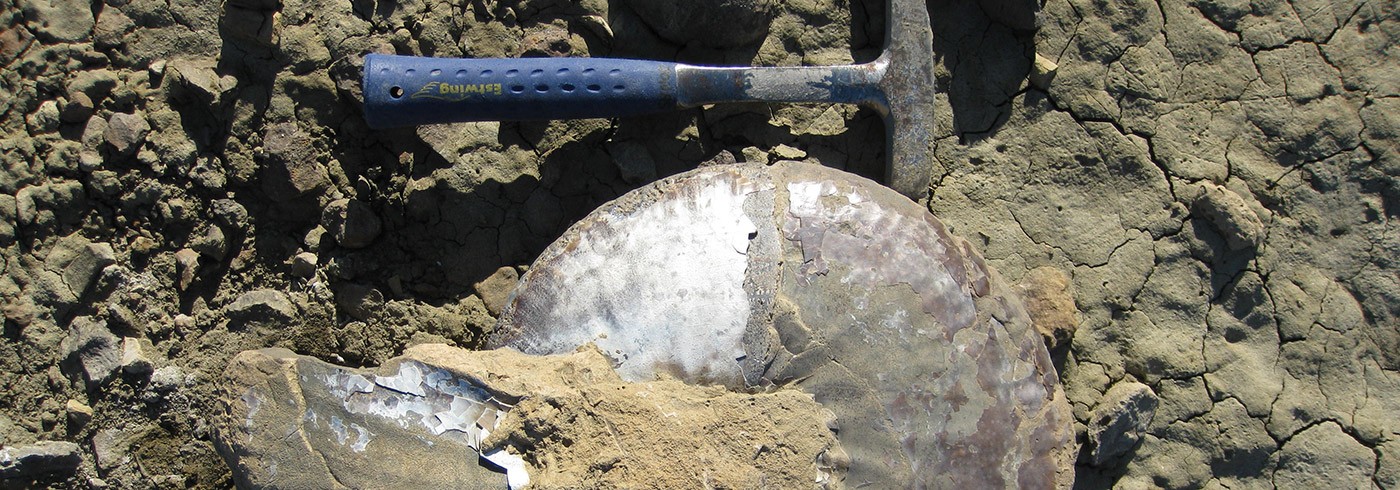
Arrival at Helliwell Hills. The first part of the expedition team arrived by plane and landed on the glacier. A helicopter was waiting to transport us and our luggage to the camp. Photo: Thomas Mörs

Stunning views of Helliwell Hills during fieldwork near our camp. Photo: Thomas Mörs

View of a part of the Rennick Glacier – one of the world’s largest glaciers. In the background, the granite tops of Morozumi Range. Photo: Thomas Mörs

Benjamin collecting samples from a carbon store. Photo: Thomas Mörs

Researchers from DLR are testing a prototype camera and a life form sensor to be used on the next Mars rover. In the background, our camp. Photo: Thomas Mörs

A view from Boggs Valley, in Helliwell Hills, of the Rennick Glacier and De Goes Cliff in the Morozumi Range. Photo: Thomas Mörs

Fieldwork in Boggs Valley, Helliwell Hills. When the weather situation is unclear, ”our” helicopter waits for Benjamin and me to be able to fly us straight back to the camp if the weather suddenly gets worse. The mountain in the background is composed of Jurassic, subvolcanic rocks, called Ferrar Dolerite. Photo: Thomas Mörs

Our work, dining and living room tent. It houses fifteen researchers, four pilots, two mountain guides and a doctor. Photo: Thomas Mörs

Our helicopter ready to pick us up. The basket on the left side is for our backpacks, samples and – perhaps most importantly – for our survival bag, which we always carry with us. It includes tents, sleeping bag, food and a camping stove. Photo: Thomas Mörs

